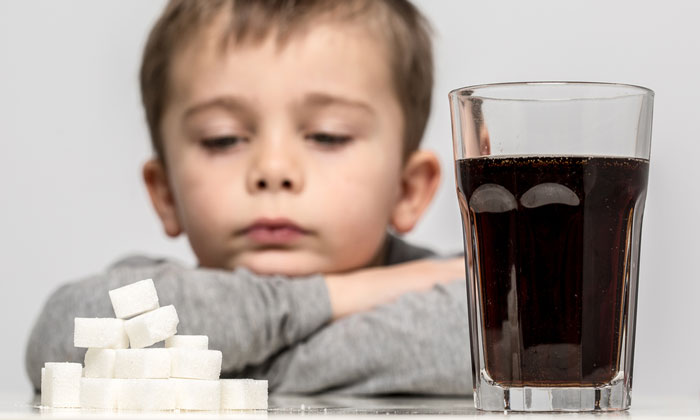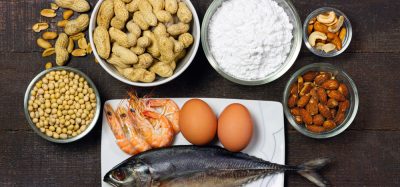English children consume more than a year’s worth of sugar in six months
- Like
- Digg
- Del
- Tumblr
- VKontakte
- Buffer
- Love This
- Odnoklassniki
- Meneame
- Blogger
- Amazon
- Yahoo Mail
- Gmail
- AOL
- Newsvine
- HackerNews
- Evernote
- MySpace
- Mail.ru
- Viadeo
- Line
- Comments
- Yummly
- SMS
- Viber
- Telegram
- Subscribe
- Skype
- Facebook Messenger
- Kakao
- LiveJournal
- Yammer
- Edgar
- Fintel
- Mix
- Instapaper
- Copy Link
Posted: 18 June 2018 | George Smith (New Food) | No comments yet
The statistic was published by Public Health England and used to highlight its Change4Life campaign which promotes healthy choices for children.


SUGAR STACK: Reducing sugar intake among children is a Government priority
Children in England have already consumed more than a year’s worth of sugar, according to figures from Public Health England (PHE).
Children aged four to 10 years should have no more than the equivalent of five to six cubes of sugar each day, but are consuming on average 13 cubes. This means they are on track to consume around 4,800 cubes of sugar by the end of the year, more than double the maximum recommendation.
Sugary soft drinks remain one of the main contributors of free sugars to children’s diets, more than ice cream and puddings combined.
Dr Alison Tedstone, Chief Nutritionist at PHE, said: “We’re barely halfway through the year and already children have consumed far more sugar than is healthy – it’s no surprise this is contributing to an obesity crisis.
“Snacks and drinks are adding unnecessary sugar to children’s diets without us even noticing. Swapping to lower or no added sugar alternatives is something all parents can work towards.”
Apart from fruit juice, which counts as one of the five portions of fruit and vegetables UK consumers are encouraged to eat each day, the other main sources of sugar in children’s diets are:
- Sugary soft drinks (including squashes, juice drinks, energy drinks, cola and other fizzy drinks) 10 per cent
- Buns, cakes, pastries and fruit pies 10 per cent
- Sugars, including table sugar, preserves and sweet spreads 9 per cent
- Biscuits 9 per cent
- Breakfast cereals 8 per cent
- Chocolate confectionery 7 per cent
- Sugar confectionery 7 per cent
- Yoghurt, fromage frais and other dairy desserts 6 per cent
- Ice cream 5 per cent
- Puddings 4 per cent
PHE used the statistics to promote its Change4Life campaign which encourages parents to make healthier choices for their children. These include swapping sugary drinks to water, lower-fat plain milks or sugar-free drinks, limiting fruit juice and smoothies to 150ml per day and swapping cakes, biscuits and chocolate for fruit, fruit teacakes or malted loaf.
PHE is working with the food industry to cut 20 per cent of sugar from the foods children consume most by 2020. Sugar reduction guidelines for juice and milk based drinks outside the scope of the Soft Drinks Industry Levy are to be achieved by mid 2021.
Related topics
Clean Label, Free From, Health & Nutrition, Ingredients, Obesity









